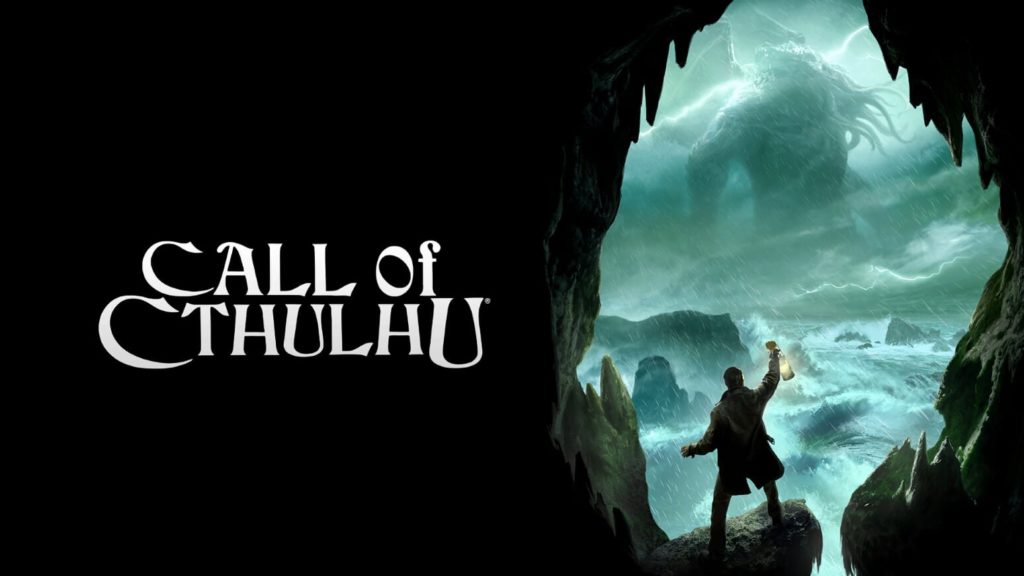
I’m a long-time fan of H.P. Lovecraft, so it’s hard for me to even remember that most people haven’t even heard of him. To this day, when I ask someone if they’ve heard of Lovecraft, they tend to look at me with a blank face. Well, except for that guy that mumbled “Cthulhu Fhtagn” at me in the grocery store the other day when I was wearing my Miskatonic University t-shirt. That was a surprise. Generally though, people have at least heard of Cthulhu even if they haven’t heard of H.P. Lovecraft. He’s a giant bat-winged, tentacled elder god that slumbers beneath the ocean, waiting to awaken and destroy the earth and is referenced and featured in many Lovecraft stories. Cthulhu has made his way into pop culture with a vengeance, spawning games, t-shirts, inflatable tentacles, animated feature films, plushies, and even Christmas ornaments (I know because I have one). One of the places Cthulhu and Lovecraft in general are seen less frequently though is in video games. That oversight is beginning to change with releases like Call of Cthulhu from Cyanide Studio and Focus Home Interactive.
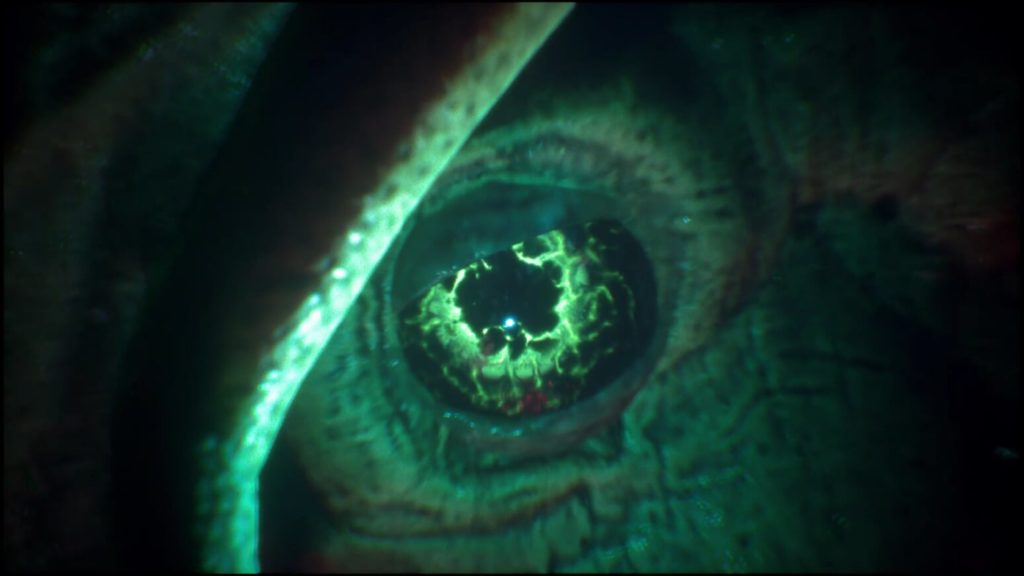
In 2005, Headfirst Productions made Call of Cthulhu: Dark Corners of the Earth based on The Shadow over Innsmouth, a 1936 Lovecraft story. It was fantastic for its time… and no one bought it. The company went under afterward, but the game is still available on Steam. Flash forward to now. There’s a new Call of Cthulhu. It shares the same title and the same first person perspective, but other than that, it’s a whole different game. Call of Cthulhu is the latest title from Cyanide Studio, who make a pretty wide variety of games, ranging from cycling management sims to sports to strategy games and even a couple of Space Hulk titles. Call of Cthulhu draws from both the old 1981 pen-and-paper RPG and the original short story, The Call of Cthulhu (1928) to create a world of despair, horror, and trepidation. But how well does it succeed? After waiting impatiently for over a year for this title, I had to find out!
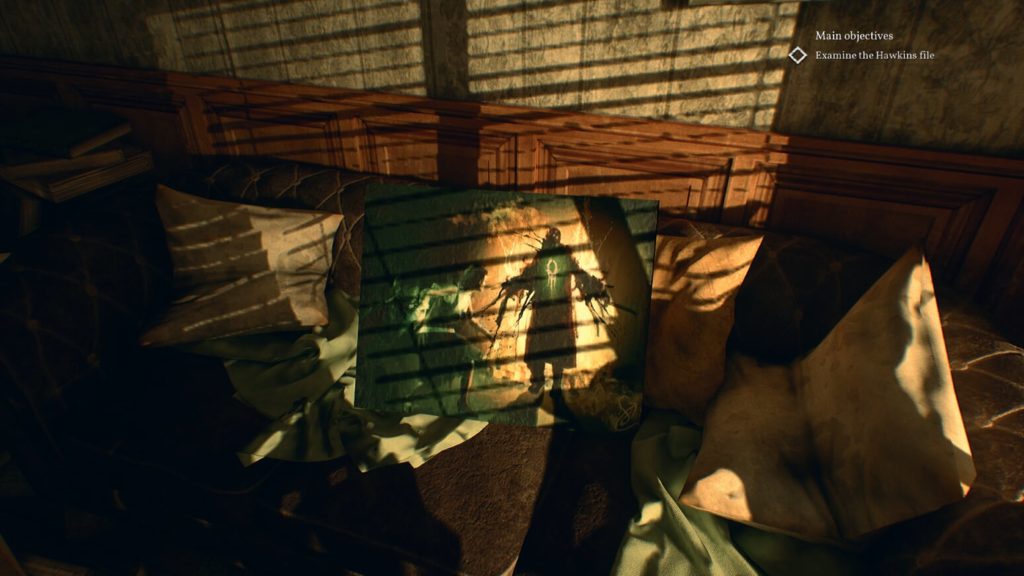
Call of Cthulhu puts you in the shoes of hard-drinking private investigator Edward Pierce, who is contracted to investigate a suspicious death on an obscure island off the coast of Massachusetts. Things get a bit funny around the edges as you proceed through the largely linear storyline and you never know just quite what is going to happen. It’s obvious right from the beginning of the game that Cyanide has tried to capture the essence of H.P. Lovecraft’s storytelling in the lovingly-crafted visuals and detailed story. Everything simply oozes personality and virtually every character in this storyline is strange and unique. But not everything is sunshine and roses in this land of demons, asylums, and unknowable horrors.
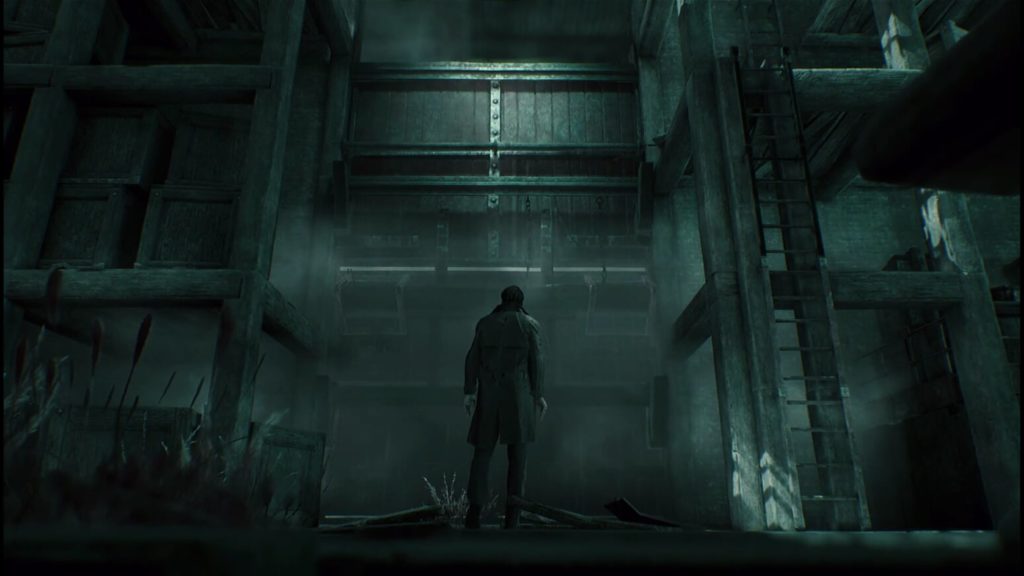
First, there’s the story. As Edward Pierce, you travel to Darkwater to perform your investigation. It seems like everyone has something to say, often times at great length with surprisingly well-acted voiceovers. You choose options from a decision wheel at the bottom of the screen which guides your conversations and you learn a lot about Darkwater, its history, its inhabitants, and more. So much more, in fact, that it’s too much. The first couple chapters of the game progress at a snail’s pace, simply talking to people and examining background items that are conveniently highlighted by glowing marks that indicate interaction points. It’s a fascinating story, but it is very, very slow.

Ironically, this is much the way H.P. Lovecraft himself wrote. I’ve always described his style of horror as Clive Barker if it were written by an accountant. Lovecraft is dry and tedious, but that’s what makes it so good, since he’s describing monsters beyond human conception, demon dimensions, and all sorts of unfathomable fantastic worlds, all in the way someone who honestly couldn’t conceptualize such ideas might write. The dichotomy is fantastic. Unfortunately, when converted to a video game, you have to actually show the unimaginable horrors and mind-warping concepts, and if you stick to keeping your story dry and tedious, it’s just not very scary. And that’s pretty much what Cyanide has managed to do; write a fascinating story in one of the most boring ways possible and pace it poorly, taking far too long to tell it.
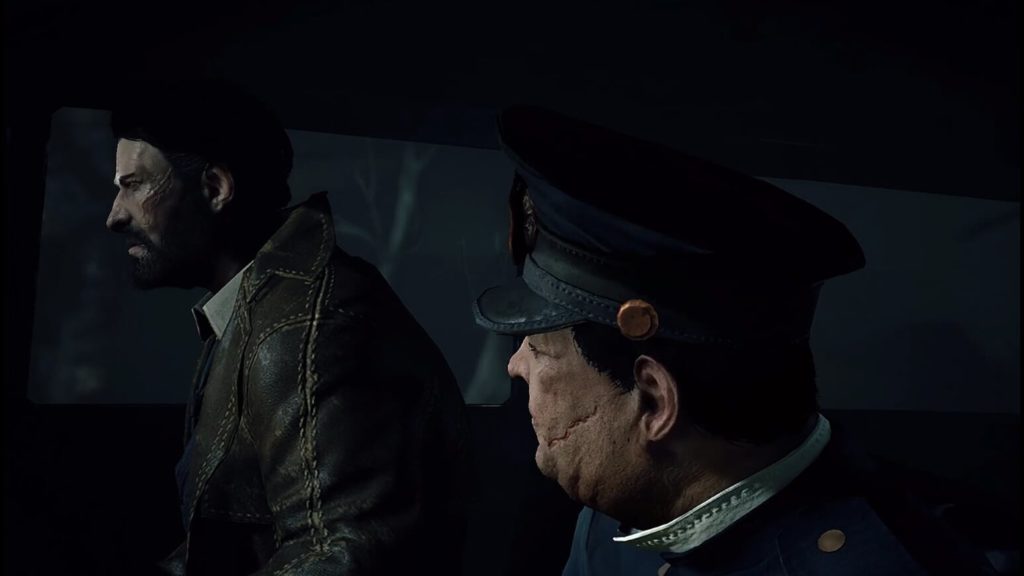
On top of being particularly slow-moving, Call of Cthulhu simply doesn’t have much, well, anything. Simply put, there’s virtually no action. Decisions lead to non-interactive in-game action scenes or the occasional cinema. There are no real jump scares, no tense moments, nowhere you’re really afraid. You walk around in first person, interact with any person or item that has an interaction point, and watch what happens. That’s pretty much the whole game. The mechanics are uninspired and tedious. The most action I experienced was having to run away from a monster, hit a button to pick something up, and then run and hit another button to use it. At one point around Chapter 7, I actually had to stop playing because I was literally falling asleep. I sat down with a book from (and this is absolutely true) 1895 to wake up because it was more interesting! It was H.G. Wells’ The Time Machine in case you were wondering.
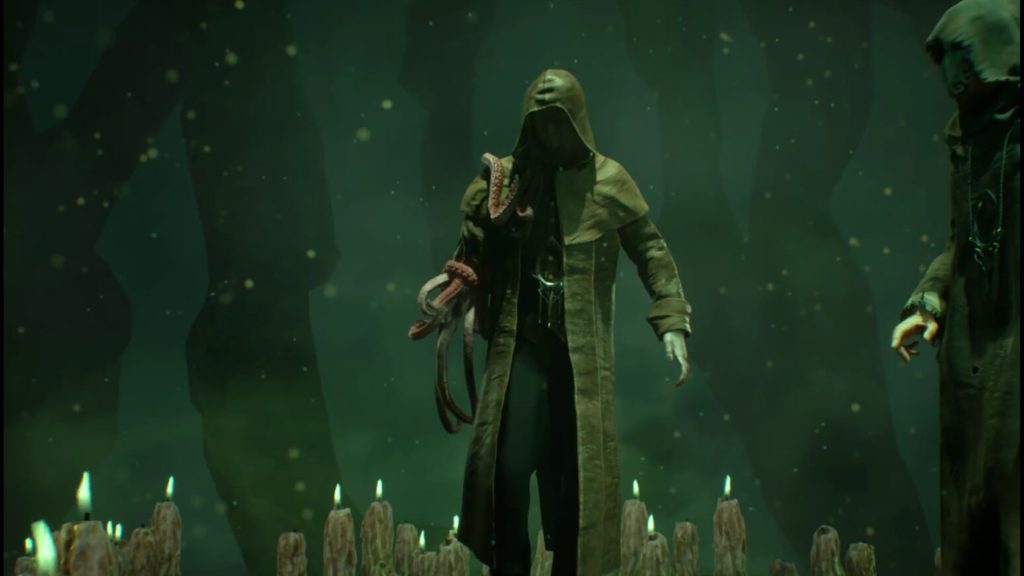
In Chapter 5 they try to add a lackluster stealth mechanic, but unfortunately, it’s pretty uninspired and manages to be overly linear as well. You can literally walk around standing up behind the guards through the entire sequence until you get where you need, and outrunning them is a cinch. Expect one of the most linear games you’ve ever played and you still might be disappointed. Your ‘decisions’ have no significant impact on the majority of the gameplay and there are virtually no alternate options for completing a given section of the game. I’ve rarely felt more lead by the nose through a game. It certainly didn’t help that every level had ridiculous obstacles that blocked your way and virtually laid out a single path to take every time either.
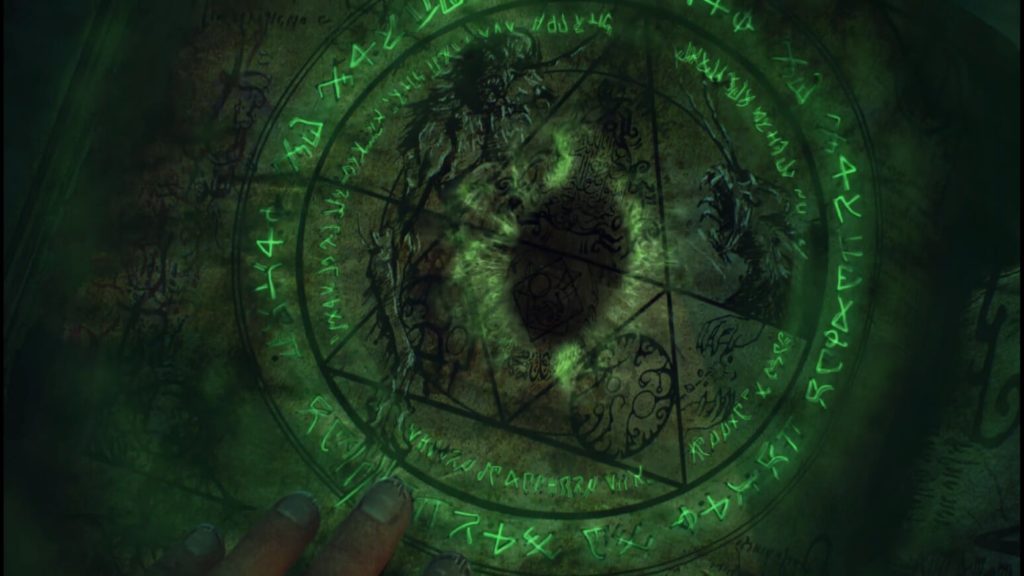
Now, if that wasn’t enough, don’t forget the rather uninspired music and sound. Or rather, try to forget it. Call of Cthulhu had some pretty piss-poor sound designers to go with its piss-poor level designers. The sound rarely ratchets up the tension properly in a game that had some potential to reach epic Silent Hill level sound design. This game is simply screaming for some excellent composers and foley artists and it simply doesn’t get them. Graphically, the game is also an utter hodgepodge. One minute it will look beautiful, the next, it will look like Mass Effect: Andromeda’s love child while using crack cocaine. Graphical glitches abound, and it seems like texture mapping was random depending on which scene got assigned to which artist. I really wanted to love the look of the game, as it was obvious a lot of time and care was taken with many of the scenes, but the overall experience was uneven and rough. Don’t get me wrong, some of the cinemas are absolutely gorgeous on an Xbox One X. Much of the in-game graphics are too, especially the wildly detailed backgrounds. But too often, I found myself cringing at the angles of a face that had looked great in the last scene, or honestly laughing at the painfully jerky wireframe animation mapping. It’s hard to go from playing games like Hellblade: Senua’s Sacrifice to Call of Cthulhu because you know deep down that if it had been done right, it would be spectacular. But Call of Cthulhu simply isn’t spectacular. It just never gets there.
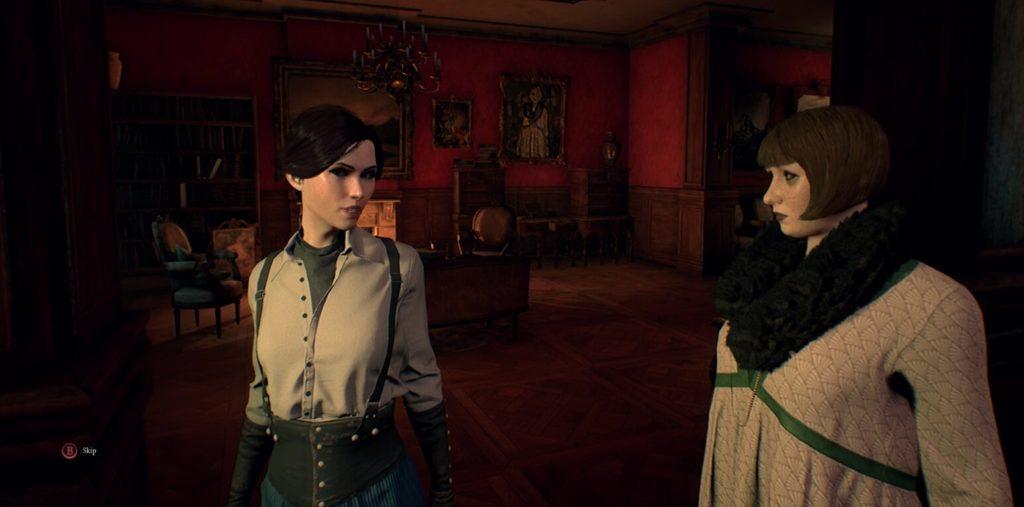
At every turn, I tried to give Call of Cthulhu the benefit of the doubt, and it let me down. The game isn’t scary. Its ambiance simply fails to instill the requisite sense of dread that I expect from anything bearing direct relation to Lovecraft’s body of work. The game doesn’t challenge you, it doesn’t leave you wanting for more, and it certainly doesn’t manage to be fun. What Call of Cthulhu does do is take a wide variety of exploration and puzzle solving styles and mash them together into something that somewhat resembles the interactivity of a real game and then fails to make each style work, one after another. Investigating isn’t fun, attribute point management is nonsensical, exploration is tedious, conversation wheels are borderline useless, and stealth is laughable.
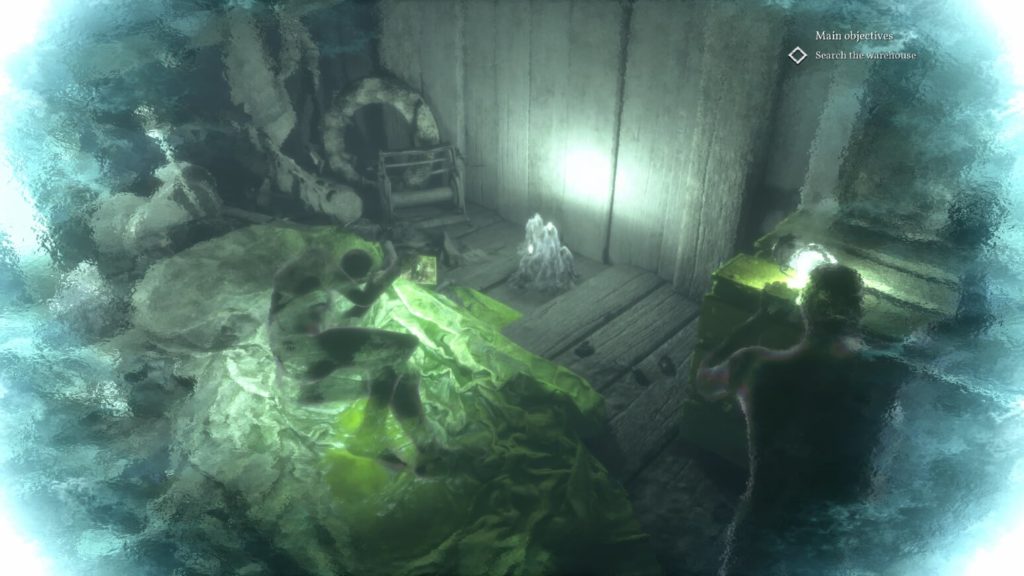
Ultimately, Call of Cthulhu does only one thing well. It manages to be a bad game on every level. It’s simply not entertaining, it isn’t good, and I really, really wanted it to be. I love Lovecraft, and having his work done justice in a game is something I crave. But Call of Cthulhu doesn’t deliver. It’ll pass the time if you want to meander through a sometimes frustrating linear semi-interactive fifteen hour story. But the journey isn’t worth the payoff and the $60 price point is definitely a steep entrance fee to pay. I might feel a bit better about the game if it had been released around the $20 mark and hadn’t tried to pass itself off as a major title in all the trailers and hype. But even then, it wouldn’t be any better of a gamer; it would simply be more excusable at that price point. If you absolutely adore point and click adventures (which is what Call of Cthulhu manages to boil down to for the most part) and you are a huge fan of the source material, you might really enjoy this game. But if you’re looking for a game with real chops, simply skip this one entirely. You’re definitely not missing anything at all. As for me? Well, I’ll be waiting to see if The Sinking City manages to do next year what Call of Cthulhu utterly failed to this year. Cthulhu Fhtagn.
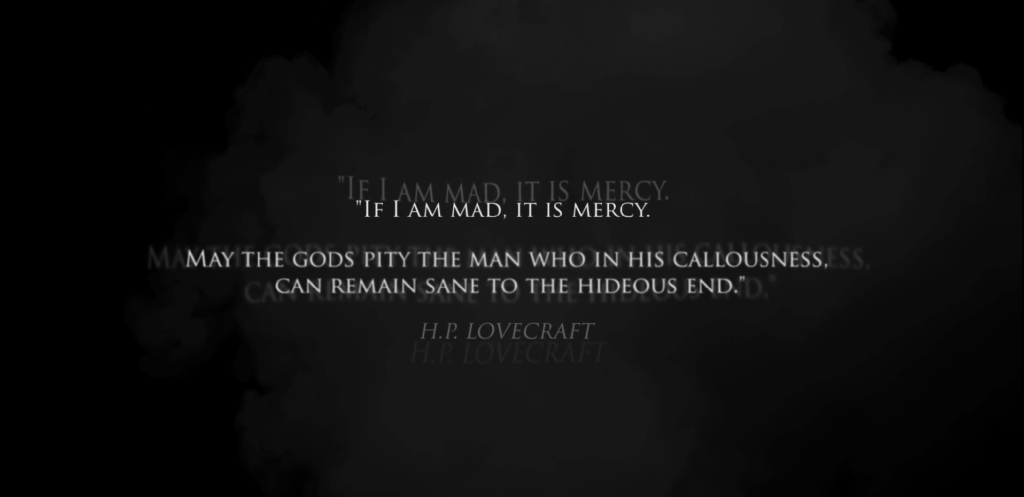
This review was written based on a digital copy of Call of Cthulhu provided by the publisher and played on an Xbox One X running on a Sony LED TV in 1080p.

